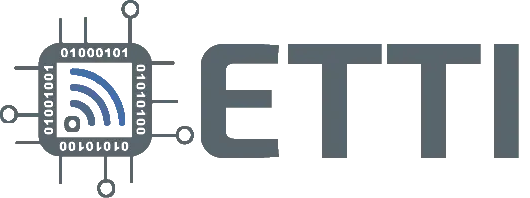Microprocessor Architecture
Course in Bachelor’s program (2nd year, series A, B, F, and G)
Teachers
Prof. Corneliu Burileanu
Assoc. Prof. Horia Cucu
Lect. Ana Neacșu
Lect. Georgian Nicolae
As. Andrei Dăescu
Lect. George-Vlăduț Popescu
Course Description
Study of the basic concepts in CISC and RISC general microprocessor architecture: registers, memory management, addressing techniques, data transfer, instruction set, input/output strategies. The students should have the possibility to approach any specific microprocessor architecture, either general or dedicated. In the laboratory-type applications, the students are guided in developing applications for the 8086 microprocessor using the emu8086 simulator.
Contents
Course
- “Microcomputer Structure. Defintions” – Microcomputer Functional Blocks, CISC and RISC Microprocessors, Information in Digital Systems, Conventions
- “Overview of a CISC, General Purpose Microprocessor Core” – First Step Approach: Data register and Address Register, Second Step Approach: General-Purpose Registers, Third Step Approach: Arithmetic Processing Unit, Forth Step Approach: Memory Addressing Control Unit, Fifth Step Approach: Microprocessor Control Unit, Functional Blocks of 16 or 32 bit Microprocessor
- “Fundamentals of a Typical CISC Architecture” – Registers, Microcomputer Memory Architecture, Data Transfers, Addressing Techniques, Types of Instructions
- “Fundamentals of a Typical RISC Architecture” – Registers, Instruction Set and Addressing Techniques, Microprocessor Control Unit, ARM Microprocessor Family, RISC Advantages and Drawbacks
- “Input/Output Strategies” – Input/Output Devices Map, Typical Input/Output Techniques, Interrupt System for General Purpose Microprocessor, Interrupts for x86 Intel Microprocessor (IA-32) in Real Mode
- “Time-Dimension of a General Purpose Microprocessor Architecture” – CISC Instruction Timing, Speed Increase for Advanced CISC Microprocessor, RISC Instruction Timing
- “Design of a simple processor: CISC vs. RISC” – Processor Features, Processor Design, Expanding Processor Capabilities
- “An Overview of Intel x86 Architecture (IA-32) in Real Mode” – Block Diagram, Registers, Memory Organization, Port Organization, Addressing Modes
Laboratory
- Introducing a development environment for x86 microprocessors: emu8086
- Data transfer instructions and array operations for x86 microprocessors in real mode
- Data processing instructions for x86 microprocessors in real mode
- Control program instructions for x86 microprocessors in real mode
- Interrupts for x86 microprocessors in real mode
- Translation of instructions from high-level programming into assembly
- Laboratory assessment
Grading
Laboratory evaluation (multiple verification tests + optional oral evaluation): 50%
Course final exam (verification quiz + optional written and oral evaluation): 50%


